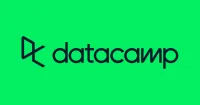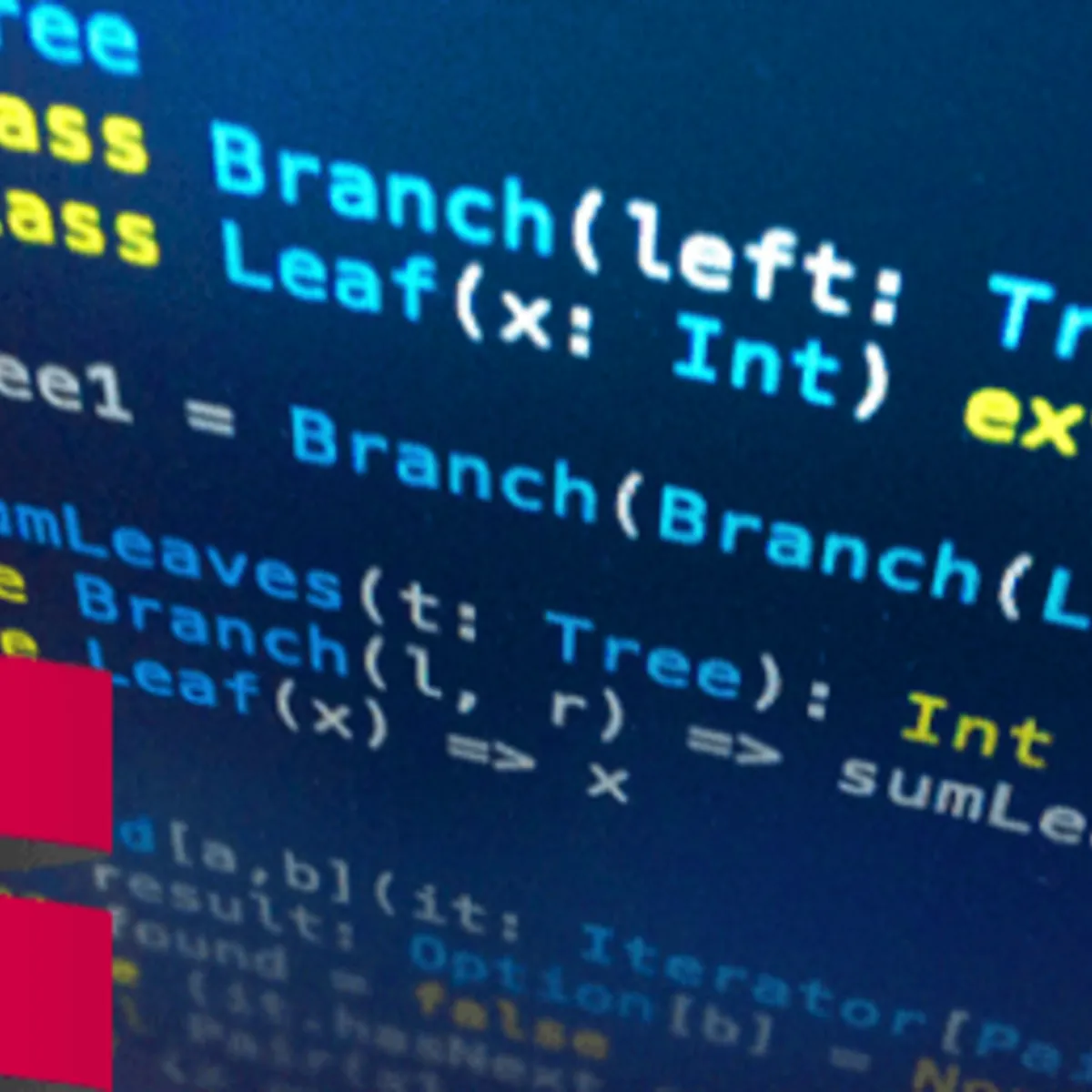
Cleaning Data with PySpark 
PySpark is a powerful tool for cleaning and processing complex real-world data. In this article, we'll review the fundamentals of DataFrame and the importance of data cleaning. We'll also look at different methods for modifying the contents of DataFrames in Spark, and how to increase the efficiency of data cleaning tasks by increasing performance or lowering resource requirements. With PySpark, you can easily clean and process data to get the most out of it. ▼
ADVERTISEMENT
Course Feature
![]() Cost:
Cost:
Free Trial
![]() Provider:
Provider:
Datacamp
![]() Certificate:
Certificate:
No Information
![]() Language:
Language:
English
Course Overview
❗The content presented here is sourced directly from Datacamp platform. For comprehensive course details, including enrollment information, simply click on the 'Go to class' link on our website.
Updated in [June 30th, 2023]
This course provides an overview of how to use PySpark to clean complex real-world data. Participants will learn the fundamentals of pipelines and the significance of data cleaning. Additionally, different methods for modifying the contents of DataFrames in Spark will be discussed. By the end of the course, participants will have the knowledge to increase the efficiency of data cleaning tasks by increasing performance or lowering resource requirements.
[Applications]
After completing this course, students should be able to apply the knowledge they have gained to their own data cleaning tasks. They should be able to use Spark to process complex real-world data and understand the fundamentals of pipelines. Additionally, they should be able to modify the contents of DataFrames in Spark and increase the efficiency of data cleaning tasks by increasing performance or lowering resource requirements.
[Career Path]
The career path recommended to learners of this course is that of a Data Engineer. Data Engineers are responsible for designing, building, and maintaining data pipelines and architectures. They are also responsible for ensuring that data is properly collected, stored, and processed. Data Engineers must have a strong understanding of data structures, algorithms, and software engineering principles. They must also be able to work with a variety of data sources and technologies, such as PySpark, Hadoop, and Apache Spark.
The development trend for Data Engineers is to become more specialized in their field. As data becomes more complex and data sources become more varied, Data Engineers must be able to work with a variety of technologies and data sources. They must also be able to develop and maintain data pipelines that are efficient and reliable. Additionally, Data Engineers must be able to work with data in a variety of formats, such as structured, semi-structured, and unstructured. As data becomes more complex, Data Engineers must be able to develop and maintain data pipelines that are efficient and reliable.
[Education Path]
The recommended educational path for learners of this course is to pursue a Bachelor's degree in Computer Science or a related field. This degree will provide learners with a comprehensive understanding of the fundamentals of computer science, including programming, data structures, algorithms, and software engineering. Additionally, learners will gain an understanding of the principles of data science, such as data mining, machine learning, and artificial intelligence.
The development trend of this degree is to focus on the application of computer science and data science to real-world problems. This includes the use of big data technologies such as Apache Spark, Hadoop, and NoSQL databases. Additionally, learners will gain an understanding of the principles of data engineering, such as data wrangling, data visualization, and data analysis. Finally, learners will gain an understanding of the principles of data governance, such as data security, data privacy, and data quality.
Course Syllabus
DataFrame details
Manipulating DataFrames in the real world
Improving Performance
Complex processing and data pipelines
Course Provider

Provider Datacamp's Stats at AZClass
Discussion and Reviews
0.0 (Based on 0 reviews)
Explore Similar Online Courses

ANOVA and Experimental Design

ES6 & EcmaScript Fast Crash Course

RDBMS PostgreSQL

Intro To PostgreSQL Databases With PgAdmin For Beginners

PostgreSQL: Client Applications

Mastering SQL using Postgresql

Database Design and Basic SQL in PostgreSQL

PostgreSQL: Advanced Queries

Spatial SQL with Postgres : A language for geographers

Learn SQL Using PostgreSQL: From Zero to Hero

PostgreSQL Essential Training


Start your review of Cleaning Data with PySpark